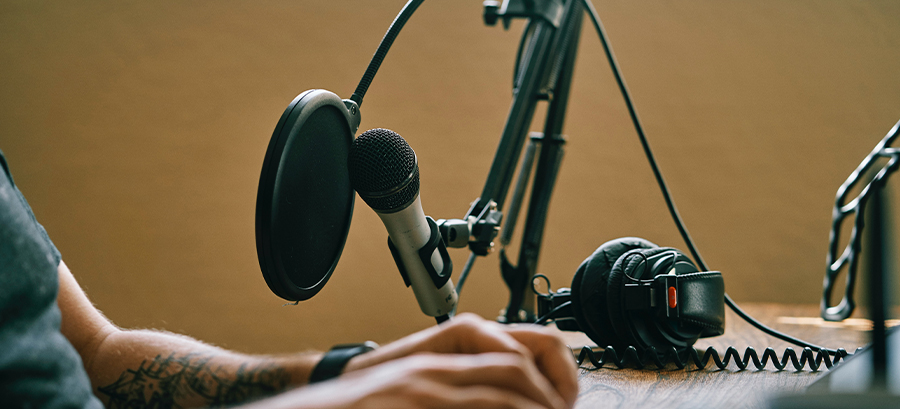Every few weeks, the newsletter seems to take a slight turn and make what I like to call a one-degree shift. Sometimes the articles are planned weeks in advance and sometimes they are a story or a realization that I like to share with you. Today is very much the latter.
This week I’ve recorded 20 episodes for the second season of the One-Degree Shift podcast (Spotify, Apple, if you’d like to subscribe). The guests, unsurprisingly, have been incredible, and the conversational format has us figuring out the content as we go. Now, with 60 interviews complete and hours and hours of conversations under my belt, I thought it might be important to share a few of the tips I’ve learned to not just conduct a better interview but to get better information from the conversations we have.
1. Don’t just hear what is said, listen.
What I’ve learned is that what we say isn’t always what we mean. Through a series of understandable words might come pouring out of my guest’s mouth, I’ve found that when I’m listening deeper, sometimes even closing my eyes to really listen, that what they’re saying might be sometimes far more profound than what I originally heard. To listen and not just hear, I often try to think about what might have caused them to say what they did and ask a follow-up question to clarify or dig a little deeper into the comment.
2. Sometimes the real message is in what they don’t say
One of my favourite parts of interviewing people on a recorded podcast is that they’re extra careful when they share a thought or opinion. And while I do offer an edit if we must, guests are always on their best behaviour. What I often look for though, is a pause or hesitation. What was it that they were thinking of saying that perhaps was avoided? What was the story that was almost shared but then not? In our conversations, I’m always looking for what my guest is really thinking and usually, our best thinking comes while we’re pausing or hesitating.
3. What is their body saying?
A few years back I stumbled upon Albert Mehrabian’s Rule of Personal Communication. In it, Albert suggests that 7% of communication comes from words spoken, 38% from voice and tone, and 55% comes from body language. Is my guest tense? Where are they looking? How comfortable are they with me and the topic we’re discussing? If I can make them more comfortable and ensure that we’re speaking about something they are an expert in, the podcast will be a better experience for us both.
The podcast has been an incredible opportunity for me to connect with great people all over the world to learn about what they’re doing to create a better tomorrow and reduce friction in their lives. More than that perhaps, it has been a master class in communication and conversation. Because of the podcast, I’ve learned to be a better conversationalist, how to be a better listener, and to not just hear what my guest has to say, but also how to listen.
Whether we like it or not, the slowest the world will ever change is today. If we want to truly understand someone’s perspective and the information they’re looking to share, we have to realize that communication is so much more than the spoken word. And with the tools and technology we have at our fingertips, using video when we’re not able to meet in person will almost always be a better way to connect and build deeper relationships and mutual understanding with each other.
Questions to ponder:
- Are you using video over text when possible?
- Are you looking for body language when communicating?
- What can you do to ‘see’ what your guest is saying?
- What cues are you giving when speaking?
More posts
Given the Pandemic, There is Currently Something More Important Than Our Company ‘Why’
Over the past months, the pandemic has dominated the headlines. Greta Thunberg and the acute…
Most of us can vividly recall the nervous feeling right before our teachers would take…
More Than Just an Office: The Potential of the Workplace of Today
“I just want things to go back to normal.” Perhaps you have either heard or…



